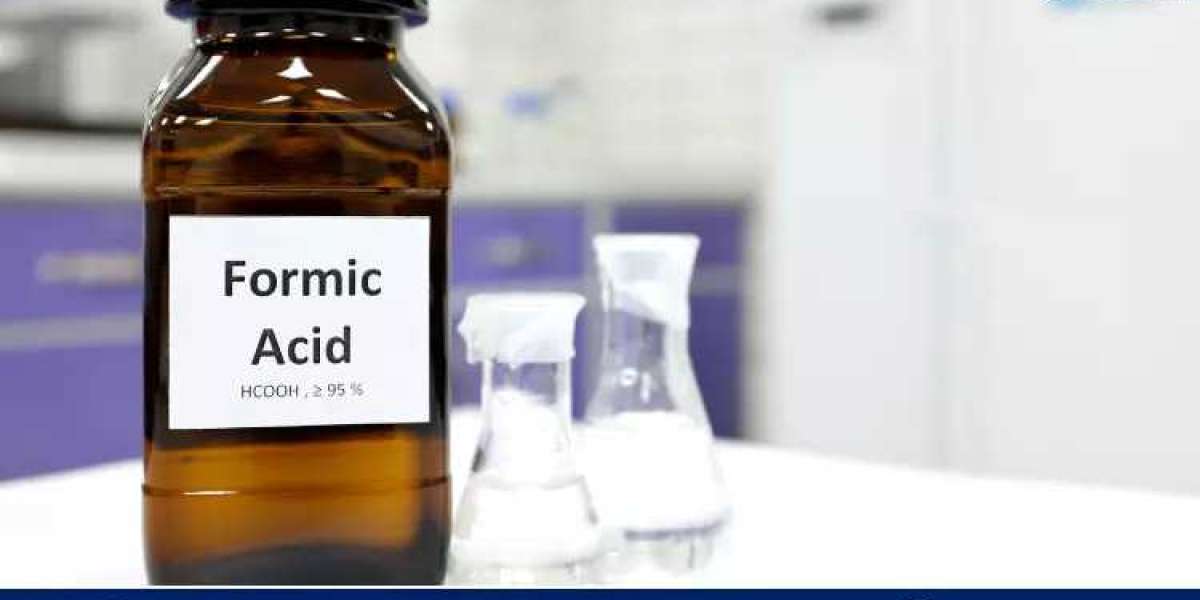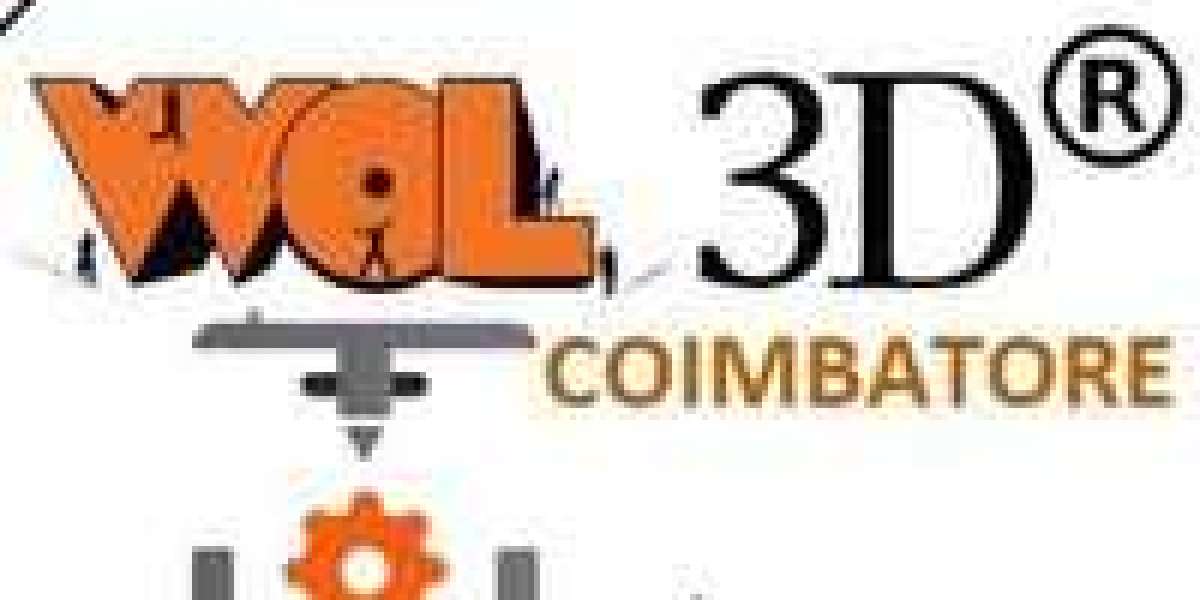Formic acid, also known as methanoic acid, is the simplest carboxylic acid and is widely used in various industries, including agriculture, leather, textiles, and chemicals. Its primary applications include silage preservation, leather tanning, dyeing textiles, and as an intermediate in chemical synthesis. The price trends of formic acid are influenced by multiple factors such as raw material costs, supply-demand dynamics, and regulatory policies. This report delves into the recent price trends of formic acid, offering a comprehensive analysis and forecast for stakeholders in the market.
Forecast Report
Global Formic Acid Market Overview
The global formic acid market has experienced significant fluctuations in recent years due to various macroeconomic factors. According to industry reports, the market was valued at approximately USD 620 million in 2022 and is expected to grow at a CAGR of around 4.5% from 2023 to 2032. This growth is driven by the increasing demand for formic acid in agriculture for silage preservation and as an antibacterial agent in animal feed.
Request For Sample: https://www.procurementresource.com/resource-center/formic-acid-price-trends/pricerequest
Short-term and Long-term Price Forecast
Short-term Forecast (2023-2025):
In the short term, formic acid prices are anticipated to remain volatile. The price is expected to range between USD 620 to 650 per metric ton. The primary factors contributing to this volatility include fluctuations in methanol prices, a key raw material for formic acid production, and geopolitical tensions affecting trade flows.
Long-term Forecast (2026-2032):
Over the long term, the price of formic acid is projected to stabilize and gradually increase, reaching approximately USD 750 per metric ton by 2032. The long-term growth is attributed to advancements in production technologies, expanding applications in emerging economies, and stringent environmental regulations promoting the use of eco-friendly chemicals.
Market Analysis
Demand-Supply Dynamics
The demand for formic acid is heavily influenced by its applications in agriculture and leather industries. In the agricultural sector, formic acid is used extensively for silage preservation and as an additive in animal feed. The growing demand for meat and dairy products is expected to drive the demand for animal feed, thereby boosting the formic acid market.
On the supply side, major producers such as BASF SE, Perstorp AB, and Eastman Chemical Company have been expanding their production capacities to meet the rising demand. However, supply chain disruptions and raw material price fluctuations remain key challenges for the market.
Regional Insights
Asia-Pacific: The Asia-Pacific region dominates the global formic acid market, accounting for over 45% of the total demand. China and India are the major consumers, driven by their large agricultural sectors and expanding industrial activities.
Europe: Europe is the second-largest market for formic acid, with significant demand from the leather and textile industries. Stringent environmental regulations in the region are also encouraging the use of formic acid as a biodegradable and environmentally friendly chemical.
North America: The North American market is witnessing steady growth, primarily due to the rising demand in the agriculture and chemical synthesis sectors. The presence of major manufacturers and increased investment in research and development are further propelling the market growth.
Latest News
Innovations and Technological Advancements
Biotechnological Production Methods: Recent advancements in biotechnological methods for formic acid production are gaining traction. Researchers are exploring the use of renewable feedstocks and genetically engineered microorganisms to produce formic acid sustainably. This innovation is expected to reduce the dependence on fossil fuels and lower production costs in the long term.
Green Chemistry Initiatives: The adoption of green chemistry principles in the production of formic acid is becoming more prominent. Companies are investing in cleaner production processes that minimize waste and reduce the environmental impact. These initiatives are aligned with global sustainability goals and are likely to influence market dynamics positively.
Regulatory Developments
Environmental Regulations: Stringent environmental regulations, particularly in Europe and North America, are driving the demand for eco-friendly chemicals like formic acid. Governments are imposing strict limits on the use of hazardous substances, promoting the adoption of biodegradable alternatives. This regulatory push is expected to create new growth opportunities for the formic acid market.
Trade Policies: Changes in trade policies and tariffs can significantly impact the global formic acid market. For instance, recent trade agreements between major economies and the easing of trade restrictions are likely to facilitate smoother cross-border trade of formic acid, thereby influencing its price dynamics.
Conclusion
The formic acid market is poised for steady growth in the coming years, driven by increasing demand from various end-use industries and advancements in production technologies. While short-term price fluctuations are expected due to raw material volatility and geopolitical factors, the long-term outlook remains positive with a projected increase in demand and stable price trends.
Stakeholders in the formic acid market, including manufacturers, suppliers, and end-users, need to stay informed about the latest market trends, technological advancements, and regulatory changes to make strategic decisions. By leveraging insights from this comprehensive price trend report, market participants can better navigate the complexities of the formic acid market and capitalize on emerging opportunities.








